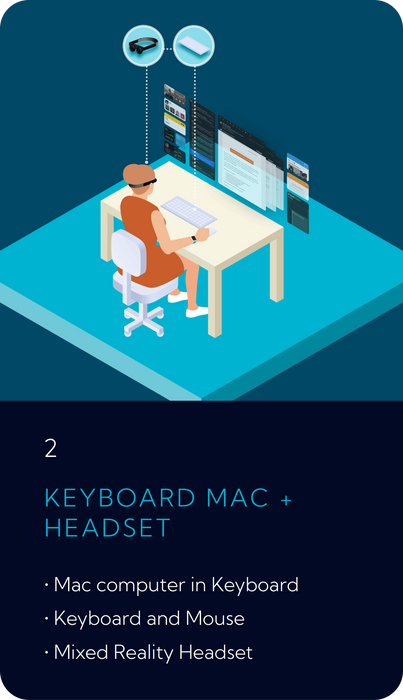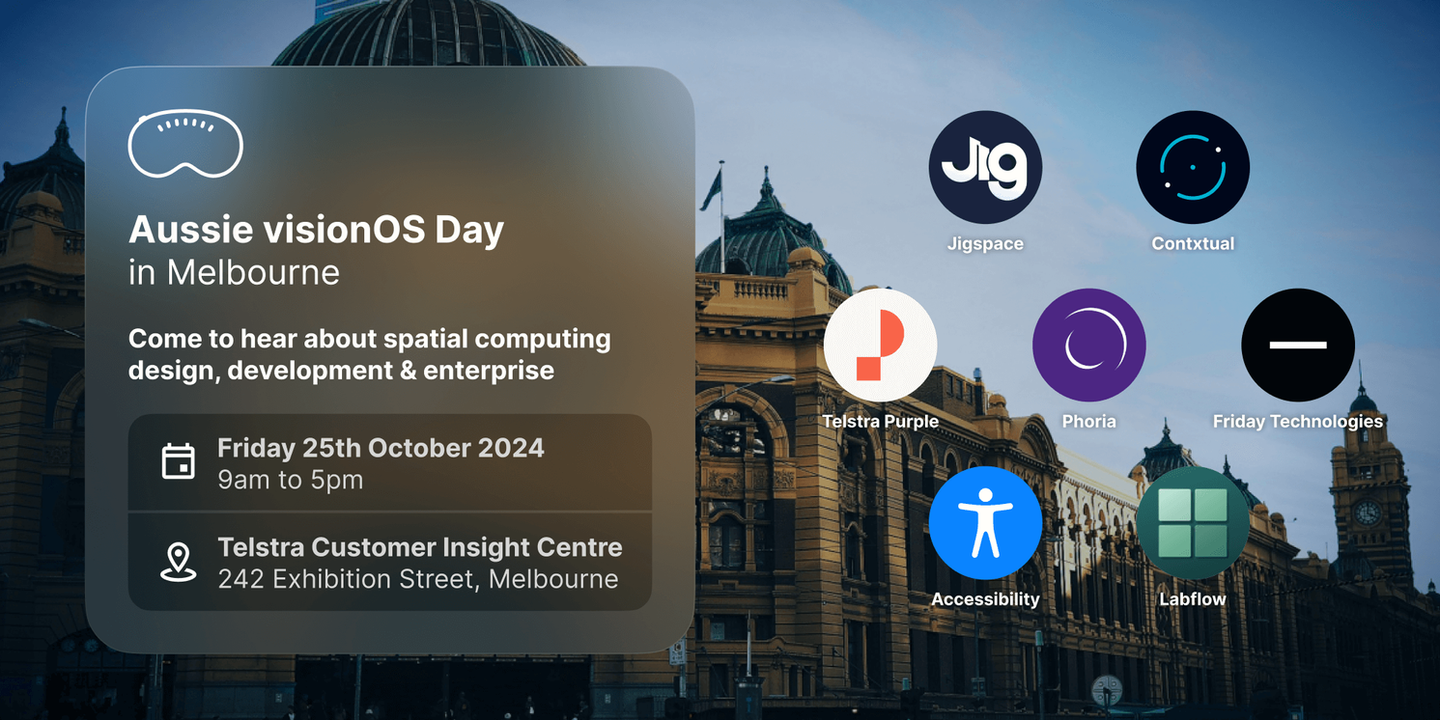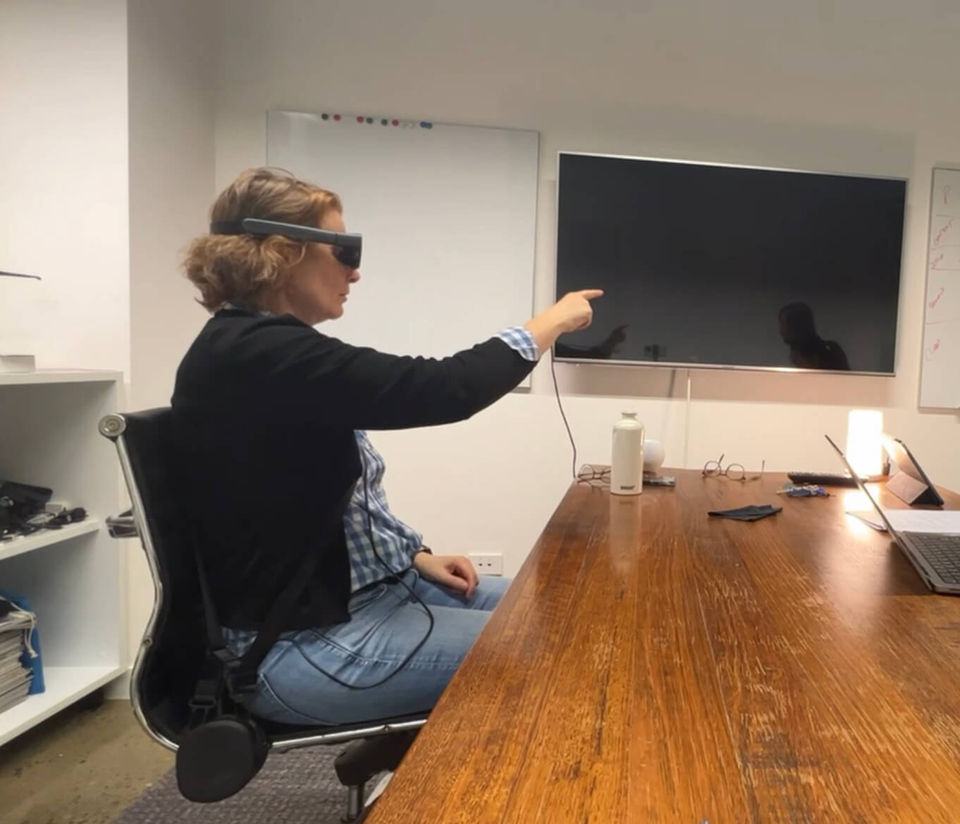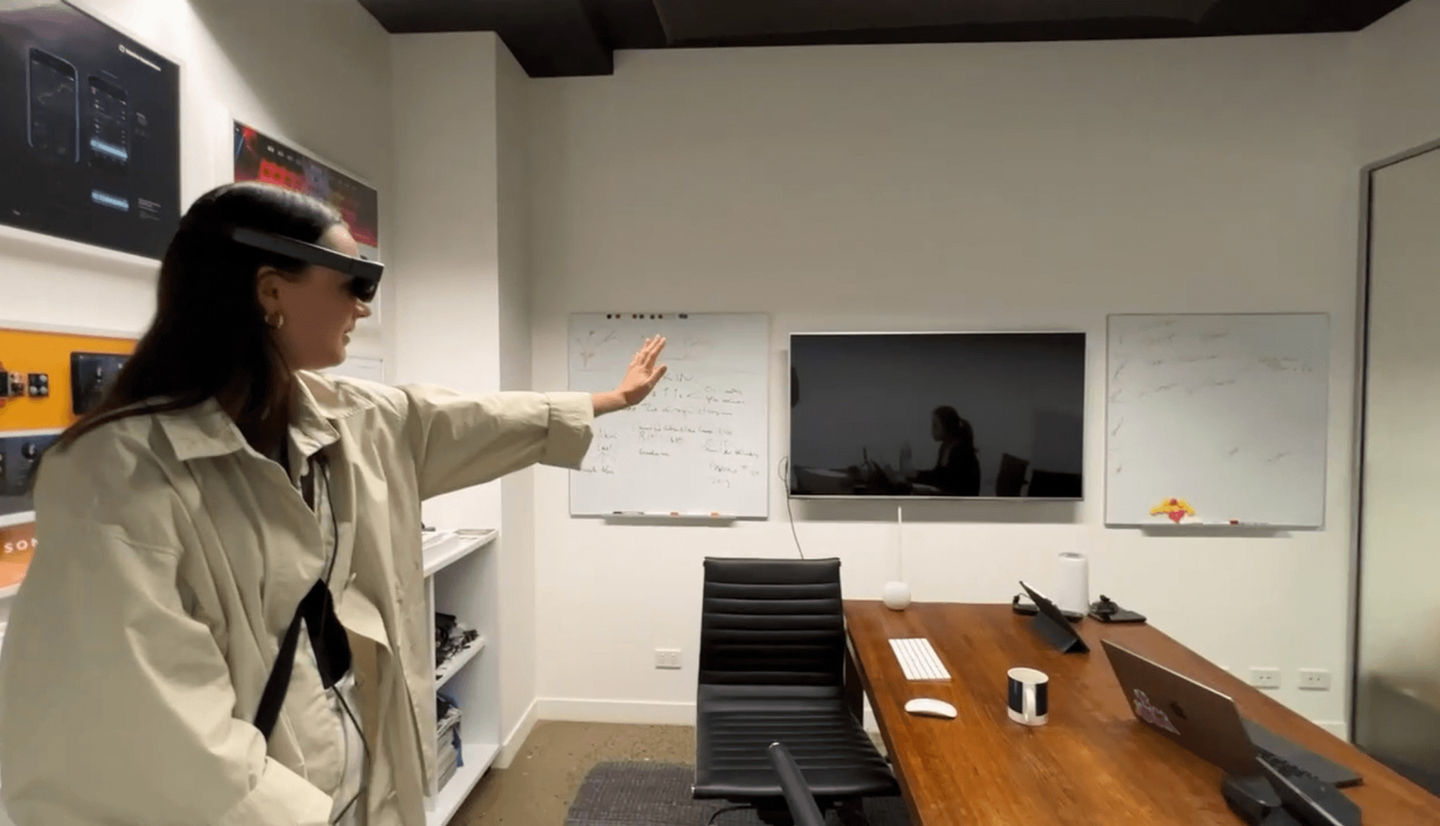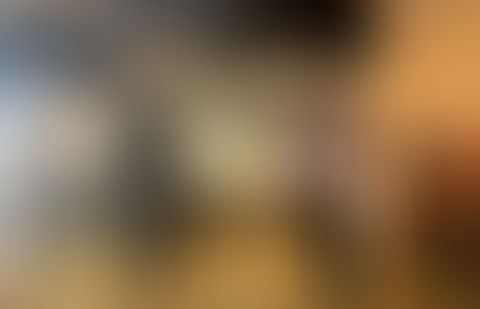

OUR HUB FOR AR & SPATIAL USER EXPERIENCE
We’re exploring how Spatial Computing, Augmented Reality and Everyday AR can help answer different customer needs, for now and into the future. See a sample of our thinking and work below.
WHAT IS SPATIAL COMPUTING?
“Spatial Computing is a series of technologies that can “see” and map the real world, understand it, and predict the next moves of objects within it, while doing the same for digital worlds that may or may not have ties to the real, physical world, all the while helping humans and/or machines navigate either.”
Cronin & Scoble (2020) Infinite Retina
SPATIAL COMPUTING IS BUILT UPON THE COMBINATION OF:

LEARN ABOUT SPATIAL COMPUTING
We have specialised in deeply understanding the User Experience paradigms and User Interface elements to assist our clients in exploring this next era of Spatial Computing. We are focused on where it might allow them to better meet the needs and behaviours of their customers in new and interesting ways. Here are some of the ways we can pass on our knowledge:
UNDERSTAND
We can present to Executives or UX Research & Design teams to help them understand what Spatial Computing is, and why it’s the next era of computing we need to prepare for.
We’ve presented to design teams both locally and globally and at many industry-leading conferences like UX Australia, Web Directions, AWE Asia (Singapore) and industry events like Cocoaheads (iOS Dev) and EUX (Enterprise User Experience). We have a global view on the latest in the field and what it means for the customer experience.
This can be a 1 hour (or longer) presentation, with an option to have Executives or team members experience Augmented Reality through our many headsets. You have to experience it to truly understand it.
CONCEPTUALISE
We help Product and Design teams explore the potential ideas for how Spatial Computing can address customer needs and behaviours in new and effective ways. We can facilitate, half day workshops, one day workshops, or 5 day design sprints to ideate and conceptualise opportunities.
The longer options allow for 1st hand experience with the Augmented Reality headsets and to gain a more detailed understanding of the design process to get experiences onto them.
PROTOTYPE
The most exciting stage is bringing an idea to life and experiencing it through an AR headset.
We’ll work with your team to guide them through the process of ideating and the tools for prototyping, as well as assisting them to get their prototype into an Augmented Reality headset and have a digitally enhanced experience in the real world.
These are usually run as a design sprint to ideate, and then iterative phases of development. Get in touch, and we can work with you to plan the best approach for your team.
We can present to Executives or UX Research & Design teams to help them understand what Spatial Computing is, and why it’s the next era of computing we need to prepare for.
We’ve presented to design teams both locally and globally and at many industry-leading conferences like UX Australia, Web Directions, AWE Asia (Singapore) and industry events like Cocoaheads (iOS Dev) and EUX (Enterprise User Experience). We have a global view on the latest in the field and what it means for the customer experience.
This can be a 1 hour (or longer) presentation, with an option to have Executives or team members experience Augmented Reality through our many headsets. You have to experience it to truly understand it.
Product and Design teams can have a great time exploring the potential ideas for Spatial Computing, and we can facilitate, half day workshops, one day workshops, or 5 day design sprints to ideate and conceptualise opportunities.
The longer options allow for 1st hand experience with the Augmented Reality headsets and to gain a more detailed understanding of the design process to get experiences onto them.
The most exciting stage is bringing an idea to life and experiencing it through an AR headset.
We’ll work with your team to guide them through the process of ideating and the tools for prototyping, as well as assisting them to get their prototype into an Augmented Reality headset and have a digitally enhanced experience in the real world.
These are usually run as a design sprint to ideate, and then iterative phases of development. Get in touch, and we can work with you to plan the best approach for your team.
PREPARE YOUR EXECUTIVES AND PRODUCT/DESIGN TEAMS
We can make this a formal strategic presentation for your executives to be ready for the future, for your design team to explore what’s coming next for digital experiences, or a fun opportunity to play with novel ways of approaching user interfaces like gaze, gestures, haptics and more, to stretch their minds and refresh their thinking.

WE’RE EXPERIENCED WITH APPLE VISION PRO
We help our clients understand the opportunities of visionOS and the Apple Vision Pro. We have been creating for it since it was announced, we went to Singapore to use it in the Apple Dev Labs before it was released, and Oliver flew to Los Angeles to bring home one of the first in Australia. We’ve now created two utilities for Apple Vision Pro and help our clients with world class implementation of UX research and design for visionOS.


OLIVER'S INTERVIEW FOR VISION PROS PODCAST

DIGITAL IN REALITY
The power of Augmented Reality is presenting digital information and services overlaid or integrated into the real world. The ability for the headset to understand the physicality of the world around it; the walls, the floor and the objects within them, creates a whole new opportunity to create useful and engaging experiences. These prototypes are designed with a combination of Figma and Blender, and then developed in Unity. While some of these are video prototypes, most are Unity prototypes running on a Magic Leap 2, by far our favourite Augmented Reality headset.
Please contact us to try them yourself!
Office Digital Twin
Using the iOS app Polycam, we LIDAR scanned our office and created a digital floor plan. We then imported that into Blender, cleaned up the model and added objects we’d scanned or downloaded to created a simple digital twin. It’s interesting to walk around in the model at a life-size scale overlaid on the real office.
Digital Objects in the Physical World
This is a simple demo where we attach a basket ball hoop to a physical wall in our office and throw balls through it. We also show how the digital objects can have physics applied to them with the balls and tables falling over onto the real office floor and bouncing off the walls.
NEWS
Catch up on the latest updates here. Events, talks, podcasts, or just news that we think are worth sharing.
Aussie vision OS Days
We have been hosting a series of events focussed on what Australians are doing on the Apple Vision Pro.
OUR HEADSETS
We invest in the latest AR (and AR in VR) headsets to explore their capabilities and prototype digital + physical experiences. If you're interested in trying one of them, please get in contact
OUR PARTNERS

EXPLORING INTERACTIVE AUGMENTED REALITY
OUR OFFICE 3D MODEL
We have been using 3D tools to create assets and see the UX Design flow. We can also use these 3D assets in prototypes on the AR Headsets. Come by the office, and you can walk through both the digital and the physical versions.
We are UX specialists exploring and creating the future of user experiences and interaction design
Contxtual: relating to the circumstances that surround a particular experience. By leveraging aspects of context, we can improve the efficiency of interaction, and add richness to experiences.
Oliver Weidlich
Director of Design & Innovation
contact

TWEETS














